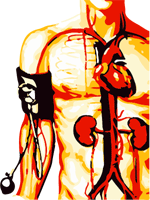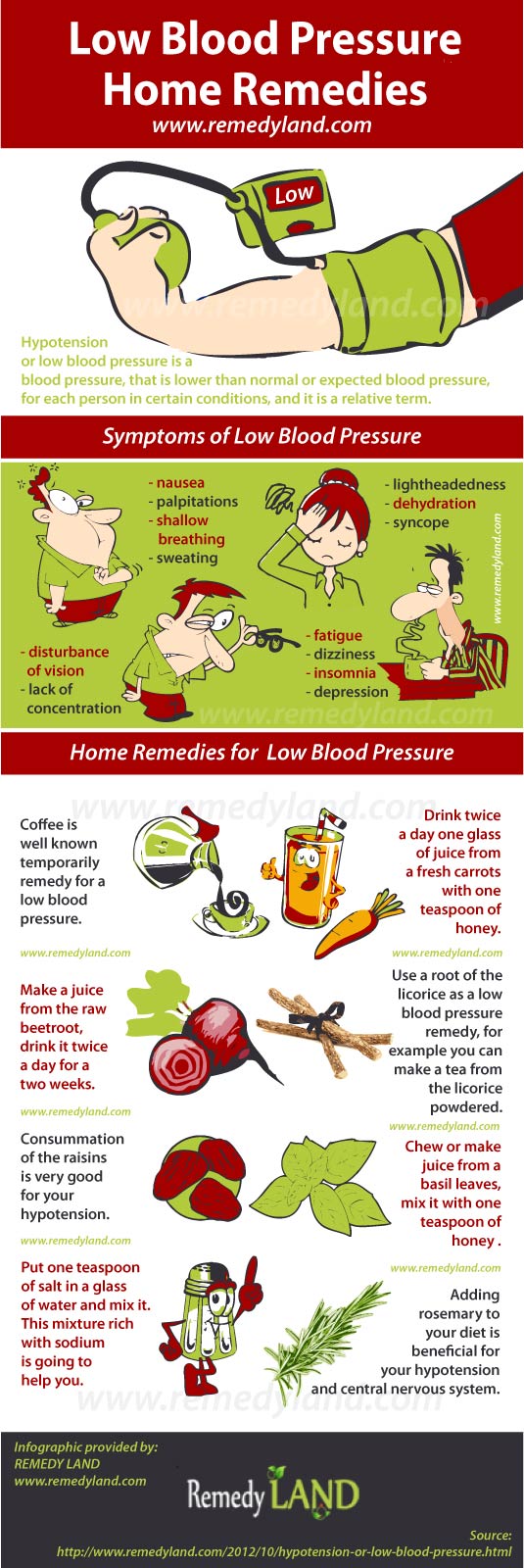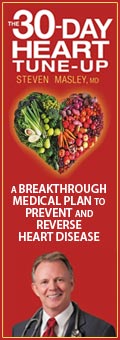What is hypotension
Hypotension or low blood pressure is a blood pressure, that is lower than normal or expected blood pressure, for each person in certain conditions, and it is a relative term. To determine hypotension we must firsty determine the value of normal blood pressure for that person, taking into consideration the activity, age, medications and health. To understand hypotension we must first understand what is blood pressure. Blood pressure is the force with which the blood pushes the walls of the arteries.
Blood pressure is read by two numbers, the first is higher systolic blood pressure and the second is a lower diastolic blood pressure. Systolic blood pressure is the pressure in the arteries at the time when the heart is charging arteries with blood.
Diastolic blood pressure is the pressure in the arteries when the heart rests. Reading of blood pressure is in millimeters of mercury or (mm Hg). Optimal blood pressure in healthy persons is 120/80 mm Hg. Low blood pressure or hypotension is blood pressure that is below 90/60 mm Hg and that blood pressure is causing problems. Some people always have hypotension, but this is normal for them, and does not cause them any problems.
Symptoms of hypotension
Persistent low blood pressure almost never causes serious health disorders because the body adapt on him and do not show any symptoms. The problem arises when the sudden hypotension happens, when the brain and other vital organs lose their blood supply, and do not have time to adjust.
In the event of a sudden drop of blood pressure patients feel fatigue, dizziness, insomnia, depression, disturbance of vision, lack of concentration, lightheadedness, dehydration, syncope, nausea, feelings of severe palpitations, shallow breathing, sweating and others, depending on which hypotension we are spoken about.
Primary hypotension
Primary hypotension is a permanent low pressure for which we can not find the cause, but genetic factors have an impact, geographic area, nutrition, stress, physical activity and body weight. Primary hypotension is also called idiopathic hypotension, essential hypotension or constitutional hypotension.
Primary hypotension is the most frequent among young and slim woman’s, but it is harmless, and can help with diseases, which are caused by high blood pressure, such as hardening of the arteries, myocardial infarction, stroke and others.
Secondary hypotension
Secondary hypotension is low blood pressure caused by bleeding, dehydration, infection, heart attack, heart rhythm disturbances, pericarditis, arrhythmia, pregnancy, allergic reaction, stroke, shock, anxiety, hypovolaemia, hyponatriaemia, Parkinson’s disease, dialysis, burns, spinal cord injury, diabetes and the introduction of certain medications such as medicines for depression and insomnia, medications used for regulation of cardiac arrhythmia, medicines used for regulation of hypertension, diuretics, beta blockers and others.
Orthostatic hypotension
Orthostatic hypotension or postural hypotension is low blood pressure occurring after taking a standing position or stretching. Orthostatic hypotension may occur in any patient, it is due to withdrawal of blood to the lower body during quick standing up or stretching. Orthostatic hypotension is caused by gravity, as it tends to go to lower limbs and puts pressure on veins, causing decreased blood flow and lower blood pressure. Orthostatic hypotension, which is caused by the disease, condition or certain drugs is called a secondary orthostatic hypotension. Idiopathic orthostatic hypotension is orthostatic hypotension which we can not determine the origin, and is often an indicator of functional disorders in certain parts of the nervous system.
Postprandial hypotension
Postprandial hypotension is low blood pressure that occurs in some people after eating. Postprandial hypotension occurs more frequently in elderly people with high blood pressure and elderly people with disorders of the nervous system. Postprandial hypotension occurs after meals because the blood flow to the abdominal organs during digestion, which leads to a reduction in the amount of blood the rest of the body and low blood pressure. People with postprandial hypotension should not used antihypertensives before meals and after meals should lie down. Ingestion of high-carbohydrate foods may aggravate postprandial hypotension.
The diagnosis of hypotension
First we need to determine whether the conditions for secondary hypotension such as illness or medication that cause secondary hypotension. After reviewing the entire body it is necessary to repeatedly measure blood pressure and heart frequency in lying, sitting and standing position. Laboratory tests for hypotension are reduced to a complete blood count, blood glucose and renal function. After that it is recommended to measure blood pressure over a long period of 24-48h, during daily activities, with the help of the holter blood pressure monitor. In addition to these tests, ECG can be used for monitoring of the heart rate, echocardiogram, stress test and others.
Treatment for hypotension
Treatment for hypotension is not required if the low blood pressure do not cause any symptoms and reduced quality of life. Treatment for hypotension is associated with diet and increased salt intake, getting up from lying down position should be gradual, increased physical activity, and in the event that this does not give adequate results, then medicines are recommended. In the case of secondary hypotension, treatment is carried out according to the origin.
Low blood pressure home remedies
- Coffee is well known temporarily remedy for a low blood pressure.
- Drink twice a day one glass of juice from a fresh carrots with one teaspoon of honey.
- Make a juice from the raw beetroot, drink it twice a day for a two weeks.
- Use a root of the licorice as a low blood pressure remedy, for example you can make a tea from the licorice powdered.
- Consummation of the raisins is very good for your hypotension but do not eat them if you have a diabetes.
- Chew or make juice from a basil leaves, mix it with one teaspoon of honey and eat it.
- Put one teaspoon of salt in a glass of water and mix it. This mixture rich with sodium from salt is going to help you and manage your hypotension.
- Adding rosemary to your diet is beneficial for your hypotension and central nervous system.
You may also like:
- Echocardiography
Echocardiography or heart ultrasound is a noninvasive, painless method and does not require any special preparations.
- Arteriosclerosis | Arteriosclerotic heart disease
Arteriosclerotic heart disease or coronary artery atherosclerosis is the most common underlying cause of cardiovascular events and death.
- All you need to know about hypertension or high blood…
One stop station for questions about hypertension or high blood pressure.




